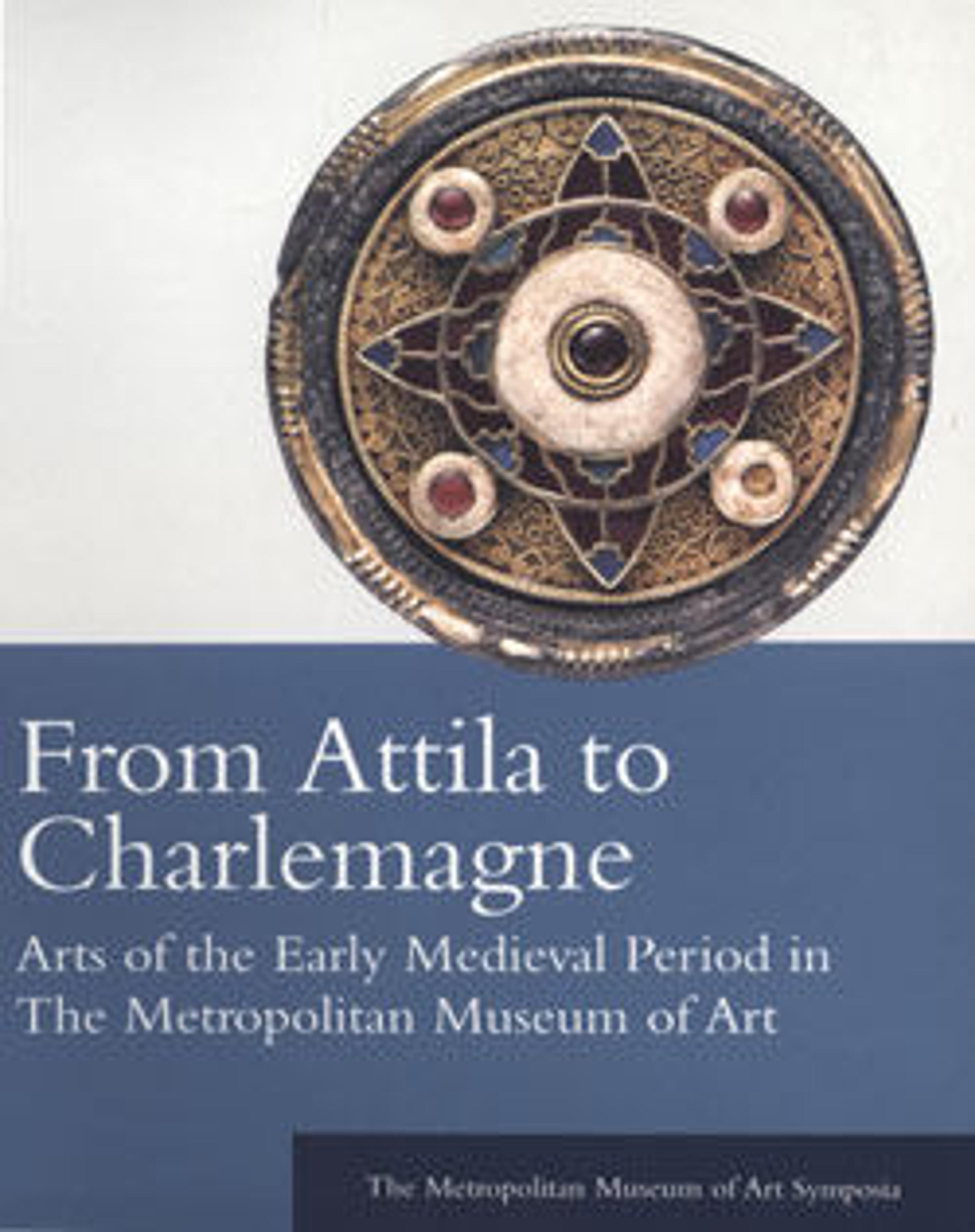Gold Belt Buckle and Gold Strap End
This group of objects was found in the grave of a Langobardic horseman, who was buried in his warrior dress, with weapons, shield, helmet, and the fittings for his horse. What remains are the many gold pieces that would have ornamented his clothing and equipment, and they attest to the great wealth of the Langobardic aristocracy within a generation of settling in Italy.
Artwork Details
- Title:Gold Belt Buckle and Gold Strap End
- Date:ca. 600
- Culture:Langobardic
- Medium:Gold
- Dimensions:Overall: 2 5/16 x 1 x 9/16 in. (5.9 x 2.5 x 1.5 cm)
- Classification:Metalwork-Gold
- Credit Line:Purchase, 1895
- Object Number:95.15.99
- Curatorial Department: Medieval Art and The Cloisters
More Artwork
Research Resources
The Met provides unparalleled resources for research and welcomes an international community of students and scholars. The Met's Open Access API is where creators and researchers can connect to the The Met collection. Open Access data and public domain images are available for unrestricted commercial and noncommercial use without permission or fee.
To request images under copyright and other restrictions, please use this Image Request form.
Feedback
We continue to research and examine historical and cultural context for objects in The Met collection. If you have comments or questions about this object record, please contact us using the form below. The Museum looks forward to receiving your comments.
